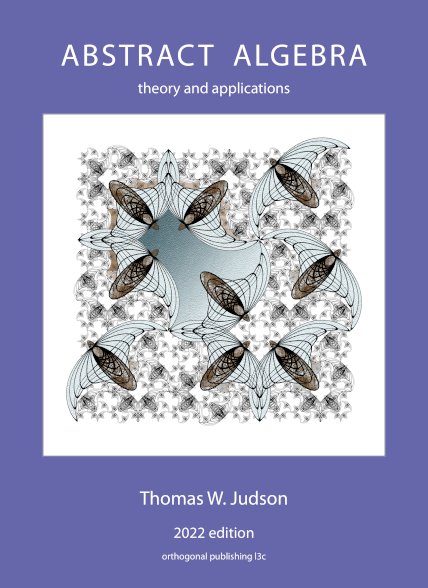Section 5.2 Dihedral Groups
Another special type of permutation group is the dihedral group. Recall the symmetry group of an equilateral triangle in Chapter 3. Such groups consist of the rigid motions of a regular
Theorem 5.21.
The group
Proof.
The possible motions of a regular
We will denote the rotation
Label the
5
Since we are in an abstract group, we will adopt the convention that group elements are multiplied left to right.
We will leave the proof that
Example 5.24.
The group of rigid motions of a square,
and the reflections are
Subsection The Motion Group of a Cube
We can investigate the groups of rigid motions of geometric objects other than a regular
Proposition 5.26.
The group of rigid motions of a cube contains
Theorem 5.27.
The group of rigid motions of a cube is
Proof.
From Proposition 5.26, we already know that the motion group of the cube has

